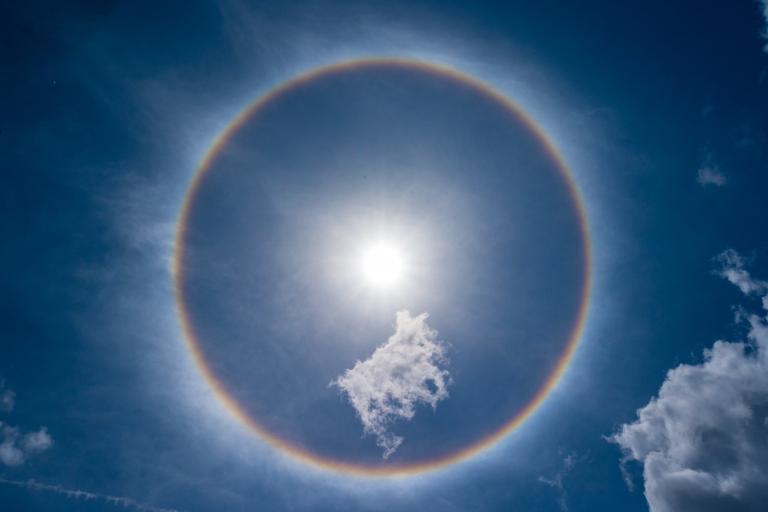SunSmart UV App protects public health
At the onset of the southern hemisphere summer, WMO is promoting a new SunSmart Global Ultraviolet Radiation mobile telephone App, which has been developed by leading health, radiation and weather organizations. It provides geo-located 5-day Ultraviolet (UV) and weather forecasts and sun protection times along with tailored notifications.

At the onset of the southern hemisphere summer, WMO is promoting a new SunSmart Global Ultraviolet Radiation mobile telephone App, which has been developed by leading health, radiation and weather organizations. It provides geo-located 5-day Ultraviolet (UV) and weather forecasts and sun protection times along with tailored notifications.
The App is available free of charge at both the Apple App Store and on Google Play for Android versions and is an important public health tool. The sun’s UV rays can impact vitamin D production, cause DNA damage, skin cancers and certain eye diseases, such as cataracts.
« What makes this App unique is that it provides behavioural prompts to reduce the risks associated with UV exposure based on current UV levels in any location,” says WMO Secretary-General Prof. Petteri Taalas.
“It can also be adapted with the support of country-level weather agencies to accept data from local UV measuring stations according to the current user location resulting in more accurate current UV Index readings. In an easy to understand language it provides clear guidance as to when sun protection is required and when it is not and how to protect yourself,» he said.
« We encourage the users in your country to utilize the application to ensure better health protection,” said Prof. Taalas in a circular letter to WMO Members.
The application allows also adaptation to national languages. It is currently available in the six WMO’s official languages.
UV Index
The App is based on the UV Index (UVI), which describes the level of solar UV radiation at the Earth's surface.
The UV Index was developed jointly by the Global Atmosphere Watch Programme (GAW) of WMO, the World Health Organization (WHO), United Nations Environment Programme (UNEP), the International Commission on Non-Ionizing Radiation Protection (ICNIRP) and the German Federal Office for Radiation Protection (Bundesamt für Strahlenschutz, BfS) to inform and alert the general public of the potential health risk associated with high UV solar radiation levels.
It seeks to bring worldwide consistency to UV reporting and public health messaging. The UV Index is reported on a scale of 1 (or “Low”) to 11 and higher (or “Extreme”) and the higher the index value is, the greater is the potential for damage to the skin and eye, and the less time it takes for harm to occur. The Maximum UV Index is at the solar noon when the sun is highest in the sky. Adapting outdoor activities and using sun protection are recommended staring at UV Index 3. UV damage is accumulative and even at low levels UV can be harmful when exposed for long periods.
The success of the health protection depends on how the UV index and sun protection requirements are communicated to the public. The SunSmart Global UV App will therefore be an invaluable public health tool. It was developed in Australia where a similar App demonstrated improved UV protection public awareness.
The SunSmart Global UV (SSGUV) App has been developed by Cancer Council Victoria (CCV) in Australia in conjunction with project partners, Deakin University, the Australian Radiation and Nuclear Safety Agency (ARPANSA), the Bureau of Meteorology (BOM), European Centre for Medium-Range Weather Forecasts (ECMWF), ARC Research Hub for Digital Enhanced Living and the World Meteorological Organization (WMO).
The UV Index forecast is produced by the European Commission Copernicus Atmosphere Monitoring Service (CAMS) which is managed by the European Centre for Medium Range Weather Forecasts (ECMWF) and the weather forecast is provided by the Hong Kong Observatory, a WMO accredited centennial observing station.

- WMO Member:
- Australia










